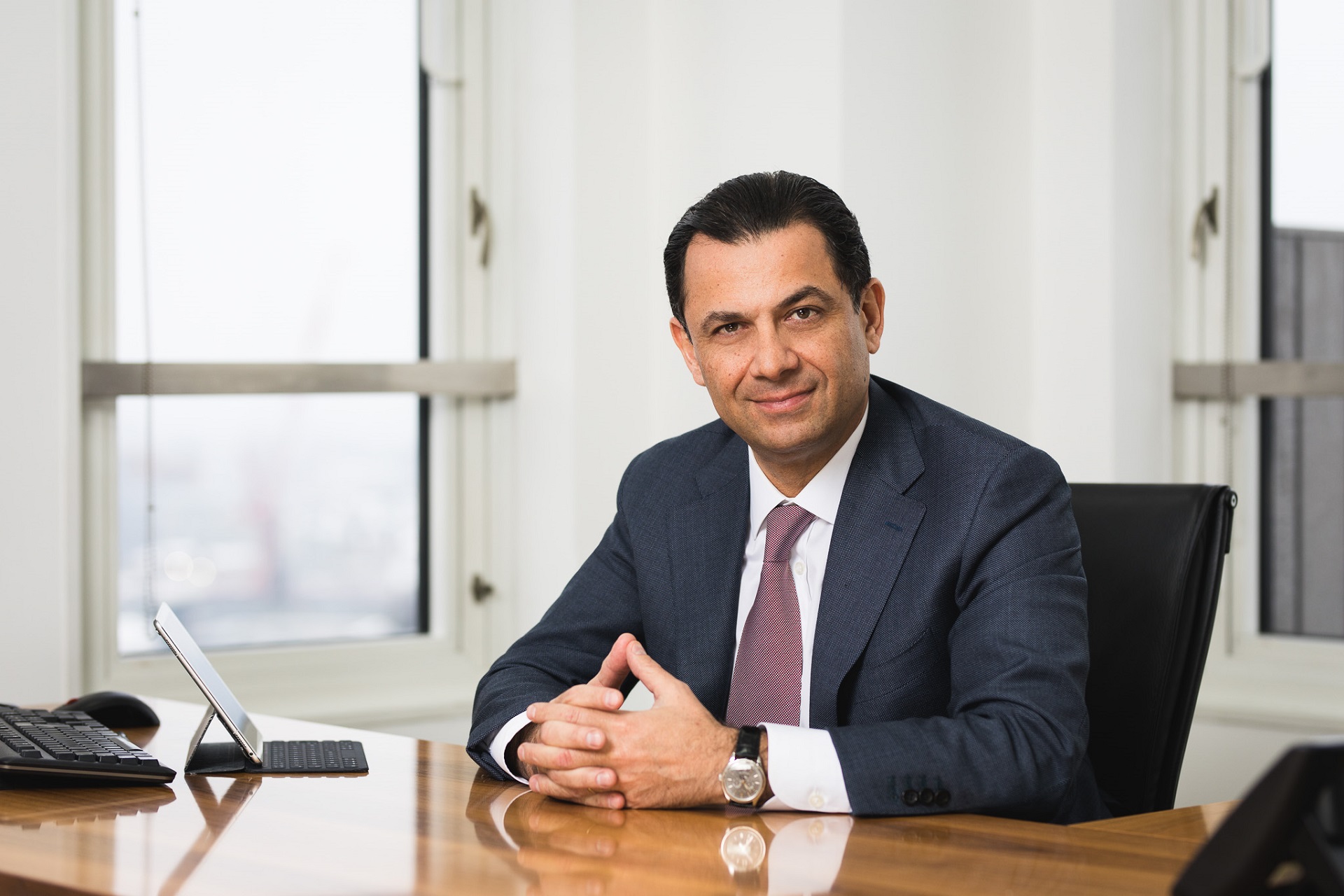
Naïm Abou-Jaoudé: The idea of drawing a line between financial returns and sustainability seems to imply that they are in a sense opposites or difficult to reconcile.
Of course, a key objective of insurers when investing their assets is to generate the financial returns necessary to meet their outstanding obligations, match assets and liabilities and contribute to the overall financial targets of their business.
However, we do not believe that this is contrary to sustainable investing. Quite the opposite: we believe that they can go hand in hand.
"In today’s markets, traditional financial analysis can
no longer fully capture all opportunities and risks."
Insurers are also increasingly recognising that the consideration of environmental, social and governance-related factors in investment decisions can generate significant benefits.
In today’s markets, traditional financial analysis can no longer fully capture all opportunities and risks. And the potential financial and reputational costs of an ESG risk occurring have become ever more apparent over the past years.
At the same time, climate change and energy transition for example are creating significant shifts in our economy, making it critical to ensure portfolios will not suffer from these changes but rather take advantage of the opportunities they offer.
"The potential financial and reputational costs of an ESG risk
occurring have become ever more apparent."
We believe that rather than standardisation, an ESG approach should consider the objectives and constraints of an individual insurer as well as an implementation method that is appropriate for the concerned asset classes.
There are however a number of standard criteria an insurer can look at when selecting the right asset management partner for ESG.
How long have they been active in sustainable investing? How innovative are they? Do they have a dedicated ESG research team? Are they able to measure and report in a transparent way on the ESG performance of a portfolio?
Naïm Abou-Jaoudé: From an investment point of view, climate change represents one of the most critical financial risks that investors face today.
At the same time, the efforts to transition to a low-carbon economy also offer investors many opportunities. For many insurers, the impact of climate change has been an important consideration on the liability side, but many are now becoming more conscious of the impact on their assets too.
There are several approaches to make a portfolio resilient to climate change and preserve long-term investment returns.
They range from relatively basic approaches, which may create unwanted side effects, to more forward-looking and holistic strategies.
"There are several approaches to make a portfolio resilient to
climate change and preserve long-term investment returns."
We think that the argument is moving towards such a holistic and comprehensive approach which considers all ESG factors.
This can be achieved via a positive ESG best-in-class screening, where investment opportunities with ESG scores above a pre-determined threshold are selected in each sector or universe.
Alternatively ESG analysis can be fully integrated into the investment process, alongside traditional financial analysis.
However, it is our conviction that the approach should be adapted to the specific needs of each insurer and to where they are in terms of integrating climate change into their investment considerations.